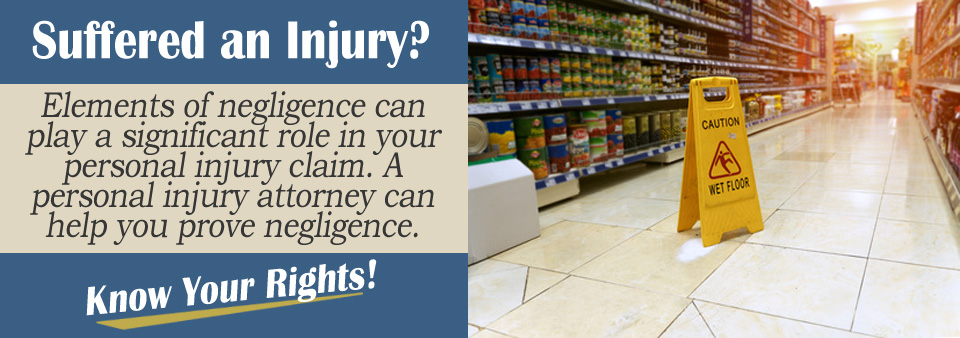If you sustained injuries caused by an auto accident, one or more parties might be guilty of committing one or more acts of negligence. As one of the most important legal principles applied to personal injury cases, negligence requires your car accident attorney to prove four elements in the following order: Duty of care, breach of duty of care, causation, and monetary damages. Failing to prove all four elements of negligence means you do not have a strong enough case to file a civil lawsuit.
Element 1: Duty of Care
The first step of proving negligence involves determining whether the plaintiff owed you a duty of care to prevent you from sustaining injuries. For a vast majority of auto accident cases, drivers owe every other driver and passenger a duty of care to drive safely and to take steps to prevent an accident from causing another party or parties one or more injuries. This means your personal injury lawyer should easily prove this element.
Element 2: Breaching the Duty of Care
Now that you know that a driver who hit your vehicle owes you a duty of care, now your legal counsel must prove the other party breached the duty of care doctrine. For an auto accident case, proving a breach requires evidence the other driver committed a moving violation that put you in harm’s way. For example, if another driver sped through a red light and then struck your car, the other driver violated the duty of care doctrine by committing at least one moving violation.
Demonstrating the violation of a duty of care requires the gathering of physical evidence, such as the footage shot by a camera installed at the intersection where the driver sped through the red light.

Element 3: Causation
Let’s go back to the car speeding through a red light incident. Although the driver of the other vehicle breached the duty of care doctrine, the driver might not have caused your injuries. Maybe the driver missed hitting you and instead, the driver behind you hit your vehicle because the other driver was texting and driving at the time of the auto accident. Although the driver who sped through the red light must be held legally accountable for committing one or more moving violations, the careless driver that struck the rear of your vehicle from behind caused your injuries.
Monetary Damages
You have to prove a negligent driver caused your injuries and the injuries set you back financially. For example, the negligent driver who hit your car from behind triggered painful whiplash symptoms. You had to undergo several diagnostic tests, as well as participate in a treatment program and physical therapy sessions. Your medical bills ran into thousands of dollars, which you have the right to recover by filing a civil lawsuit. If another driver hit your car and the impact caused you minor injuries that did not require medical care, then you cannot sue to recover healthcare expenses because there were no medical bills.
Proving negligence in auto accident cases requires the legal support provided by a personal injury attorney. Most personal injury lawyers charge on a contingency fee basis, which means you do not have to pay upfront legal fees because your attorney gets paid when you get paid. Fill out a Free Case Evaluation to get connected with an independent, participating attorney who subscribes to the website.